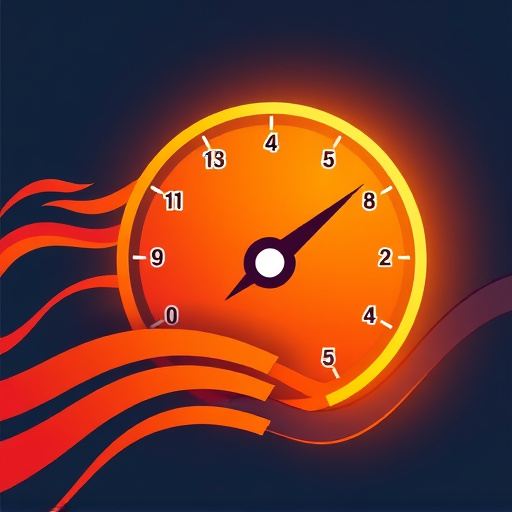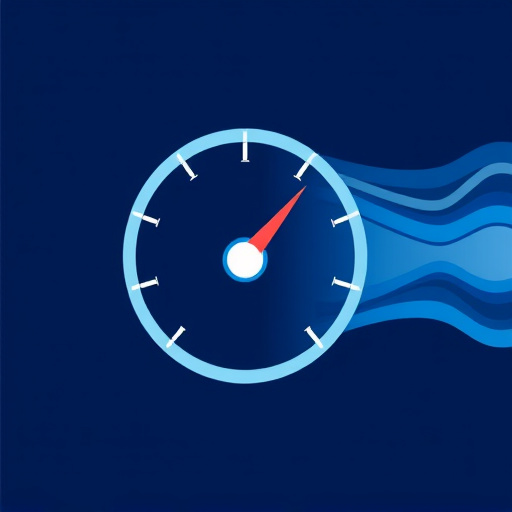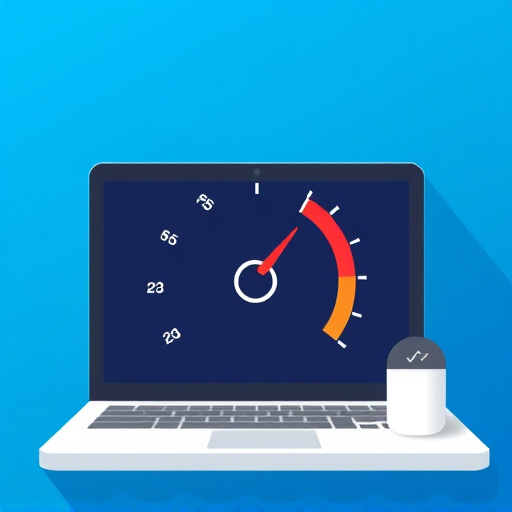Optimizing images, files, and enabling caching improves website speed for better SEO performance. Compressing large media, combining assets, and using modern formats reduce page load times. These strategies enhance user experience, boost SEO rankings, and drive repeat visitors. Faster loading pages increase retention, conversions, and overall digital success.
Looking to boost your website’s performance and improve website speed? Reducing page load time is key, especially for search engine optimization (SEO) success. In this article, we’ll explore best practices like optimizing images, minimizing file sizes, leveraging browser caching, and enabling compression for text and code. Implementing these strategies can significantly enhance user experience while driving better SEO performance.
- Optimize Images and Media for Faster Loading
- Minimize and Combine Files to Reduce Size
- Leverage Browser Caching for Repeated Visits
- Enable Compression for Text and Code Content
Optimize Images and Media for Faster Loading

Optimizing images and media is a critical step to enhance your website’s speed and improve SEO performance. Large, uncompressed images can significantly slow down page load times, impacting user experience and search engine rankings. To ensure seamless browsing with optimized website load times, compress and resize images before uploading them to your site. Tools like TinyPNG or JPEG-Optimizer can help reduce file sizes without sacrificing too much image quality. Consider using modern image formats such as WebP, which offer superior compression compared to traditional JPEG or PNG formats.
Additionally, leveraging lazy loading techniques for media elements can further boost load times. This practice defers the loading of images until they are actually needed, such as when a user scrolls near them on the page. By implementing these strategies, you can help your website achieve faster loading times, resulting in an improved search engine results page (SERP) ranking and a better overall user experience. Visit us at SEO tips for faster website loading anytime to explore more effective methods for optimizing site speed.
Minimize and Combine Files to Reduce Size

Minimizing and combining files is a powerful strategy to reduce web page size significantly, leading to faster load times. Large, individual files can slow down your website’s performance, impacting user experience and SEO rankings. By compressing and merging assets like images, CSS, and JavaScript, you decrease file sizes without compromising quality. This simple yet effective technique ensures your site loads swiftly, providing a seamless user experience that is crucial for retaining visitors and boosting search engine optimization (SEO) performance.
To make this process efficient, consider using modern tools that automatically optimize and combine files during the build stage. These tools identify redundant or unnecessary code, removing it to reduce overall file size. As a result, visitors will enjoy faster loading times, encouraging them to explore your site further. Visit us at [website optimization techniques for quick loading anytime] to learn more about these strategies and discover how to make your website load faster while maintaining its high ranking on search engines.
Leverage Browser Caching for Repeated Visits

Leveraging browser caching is a powerful strategy to significantly improve your website’s performance and enhance user experience, especially for repeat visitors. When you enable caching, web browsers store copies of your website files, such as images, scripts, and stylesheets, on the user’s device. On subsequent visits, instead of re-downloading these resources from the server, the browser retrieves them locally, resulting in faster page load times. This is particularly beneficial for websites with dynamic content or those that see frequent returns from users who want to access information quickly and seamlessly.
By implementing caching strategies, you can reduce the number of requests made to your server, decrease network latency, and ultimately, improve your website’s speed. This has a direct positive impact on SEO performance as search engines prioritize websites that offer fast-loading pages, ensuring better user retention and encouraging visitors to stay longer. So, if you’re wondering how to quickly improve website page speeds, consider leveraging browser caching—a simple yet effective technique to optimize your site for faster loading times and enhance overall user satisfaction, visit us at increase website speed for better user retention anytime.
Enable Compression for Text and Code Content

Improving your website speed is not just about aesthetics; it’s a powerful website speed seo strategy that directly impacts user engagement and conversion rates. A key step in this process is enabling compression for text and code content. This simple technique significantly reduces page load times by minimizing the size of files without sacrificing quality. Think of it as compressing a dense, bulky novel into a more manageable, quicker-to-read format.
When you enable compression, your web server sends smaller file sizes to users’ browsers, which in turn speeds up loading times. This is crucial for website speed solutions as fast loading pages are not just beneficial for SEO performance, but also enhance user experience. So, if you’re looking to give us a call at how to quickly improve website page speeds, enabling compression is a great first step towards achieving that goal and reaping the benefits of better website speed seo: a comprehensive guide.
By implementing these best practices—optimizing media, minimizing file sizes, leveraging browser caching, and enabling content compression—you can significantly reduce page load times. This not only enhances user experience but also improves your website’s speed, a crucial factor in achieving better SEO performance in the competitive digital landscape.
